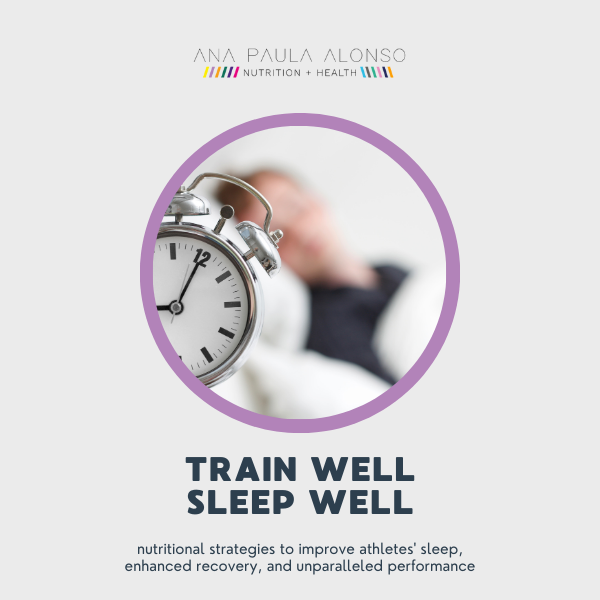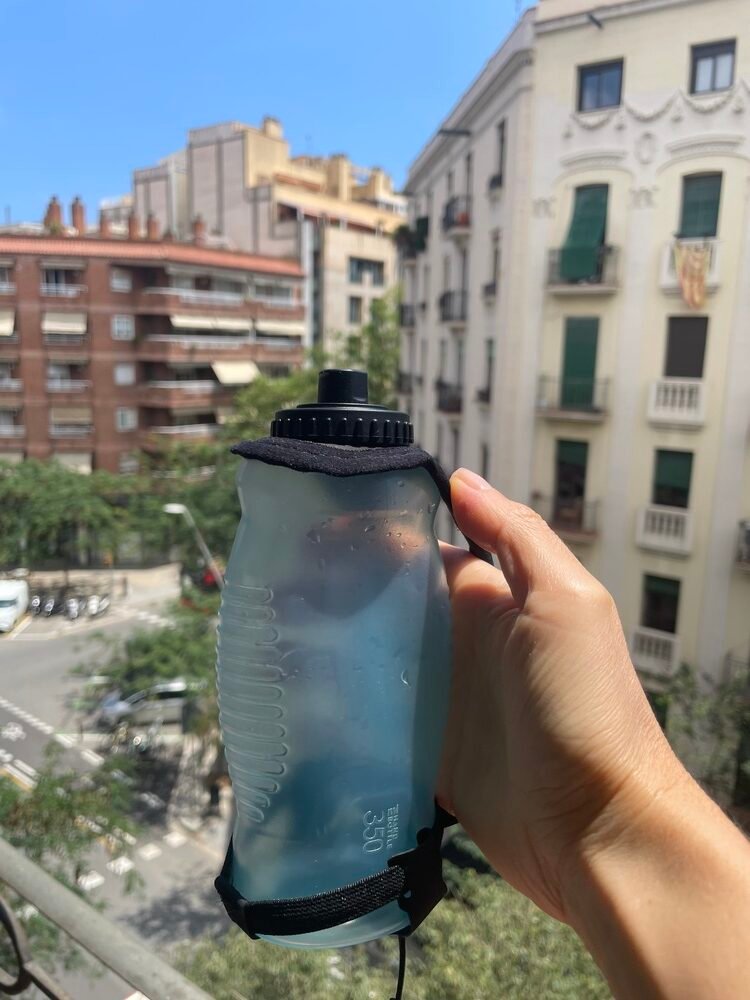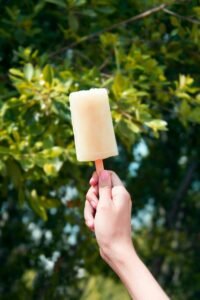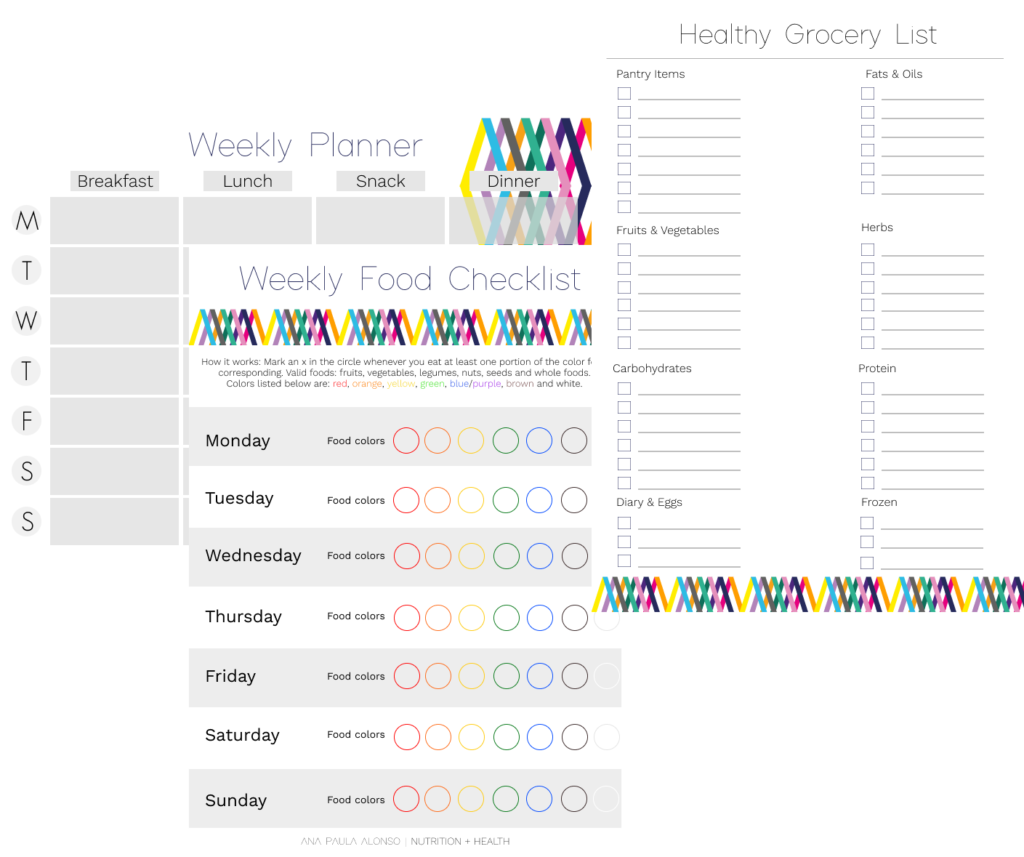It’s July, and here in Barcelona the heat has already arrived and the sun is shining. I can’t deny it, it could be worse, but daytime temperatures are already over 26 degrees.
Training or running in the heat may be more difficult for some, but it is possible. It’s important to be aware of the safety risks and take the necessary precautions. Taking these measures will help to optimize your training and keep you healthy.
Let’s look at some practical ways to stay safe when running in higher temperatures.
The Impact of Hot Conditions on the Body
Increased heart rate
In hot weather, your body works harder to cool itself down. This includes redirecting blood flow from muscles to the skin, which raises your heart rate and makes your run feel challenging.
Risk of dehydration
Sweating is the body’s natural cooling process, but it also causes significant fluid loss. If you don’t stay hydrated, you risk dehydration, which hinders performance and can cause major health problems.
Heat-related illnesses
Prolonged exposure to high temperatures can cause heat-related disorders such heat exhaustion and heatstroke. The symptoms include dizziness, headache, nausea, and confusion. These illnesses demand quick attention and, if left untreated, can be fatal.
Electrolyte Imbalance
Sweating also causes the loss of vital electrolytes such as sodium and potassium. These are essential for muscle function and the creation of energy, and any imbalance can cause cramping, exhaustion, and other issues.
When we prepare properly for running in the heat, it can help:
- Reduce and maintain a proper core body temperature
- Reduce the suffering of training and racing in hot, humid weather conditions.
- Delay fatigue onset, reduce fluid loss, and minimize dehydration-related injuries.
- Reduce unnecessary GI issues.
- Improve training and race-day recovery.
- Reduce the risk of heat stroke, stress, and sickness.
Practical Tips to Stay Safe While Running in Hot Temperatures
Time Your Run Wisely
Run during the cooler parts of the day, such as early morning or late evening. Avoid running between 10 a.m. and 4 p.m. when the sun is at its peak.
If you’re going for an early run, set your alarm and go to bed earlier too. Remember that a good night’s sleep is essential for your body’s recovery.
If you’re running later at night, you can include specific foods in your diet and use some strategies that will help you get a good night’s sleep each night.

Don’t let poor sleep and nutrition prevent you from achieving your athletic dreams. Take the first step towards unlocking your peak performance today with my comprehensive guide. Download my free Guide now!
Choose Shaded Routes or Train Indoor
Opt for routes with plenty of shade to help keep your body temperature down. Running near water bodies like rivers or lakes can also be cooler and more refreshing.
I know that training indoors isn’t as cool as going for a run on the street, but it can be a good strategy to escape and protect yourself from higher temperatures. Gyms usually have air conditioning, which makes the running environment more pleasant.
Adjust Your Pace
It’s essential to listen to your body and adjust your pace accordingly. Slow down and take walking breaks if necessary. Your body is already working harder in the heat, so there’s no need to push yourself too hard.
I know that not everyone likes to slow down, but it’s better to slow down a little than to get sick during a workout.
Dress Appropriately
Wear light-colored, loose-fitting, and moisture-wicking clothing. A hat and sunglasses can help protect you from the sun.
Avoid wearing 100% cotton socks while running. Your feet, like the rest of your body, will most likely sweat profusely. Look for synthetic materials like polyester, acrylic, or other moisture-wicking fabrics. This helps to prevent unpleasant blisters.
Don’t forget to apply sunscreen to exposed skin.
Listen to Your Body
Pay attention to signs of heat-related issues like dizziness, excessive sweating, or confusion. If you experience any symptoms, stop running immediately, find a cool place and hydrate.
Optimize Hydration During the Hot Summer Months
According to the National Academy of Sports Medicine, the recommended fluid intake for men is ~3.7L/day (approx. 16 cups) and ~ 2,7- 3.0 L/day (approx. 12 cups) for women. Fluids from all food and beverage sources count towards these amounts. Typically about 20% will come from foods (especially fruits and vegetables) and the other 80% from beverages (including caffeinated beverages). Keep in mind that this figure may rise depending on the length and intensity of your workouts.
Hydrating Foods
While drinking water is very important, you can also get it from food. Many healthy foods can contribute a large amount of water to your diet, such as:
- Cucumber: 95% of water
- Coconut water: 95% of water
- Zucchini: 94% of water
- Tomatoes: 94% of water
- Watermelon: 92% of water
- Spinach: 92% of water
- Strawberries: 91% of water
- Skim milk: 91% of water
- Cantaloupe: 90% of water
- Peaches: 89% of water
- Oranges: 88% of water
- Plain yogurt: 88% of water
- Cottage cheese: 80% of water
You can consume a significant amount of water by including a variety of water-rich fruits, vegetables, and dairy products in your diet.
As long as you’re eating plenty of water-rich foods and drinking water when you feel thirsty, you won’t have a problem staying hydrated.
Staying Hydrated During Workouts

The longer the exercise, the greater the importance of hydration (water and electrolytes) and energy replacement.
It is recommended that hydration (~150-250ml) starts within the first 15 minutes of exercise and continues every 15 or 20 minutes. The hotter it is, the greater the water loss, the faster you should replace it.
Ensure you have the right hydration storage gear for training and race day. For runners, you can take a hydration vest with bottles of cool or cold water. If the race is shorter (~ 5k), insulated handheld water bottles are an easy and convenient way to keep your liquids cool while you are running.
Running in hot conditions requires additional measures and awareness. Understanding how heat affects your body and following these practical tips will allow you to enjoy your runs while remaining safe and healthy.
Don’t forget to reward yourself with a cool recovery smoothie afterward to help your body heal and prepare for your next trip. Stay hydrated, cool, and enjoy your running!
There’s no one-size-fits-all approach to hydration during exercise. The recommendations I’ve provided here are based on long-standing research. If you want a personalized plan that meets your individual needs and workouts, contact me here.







